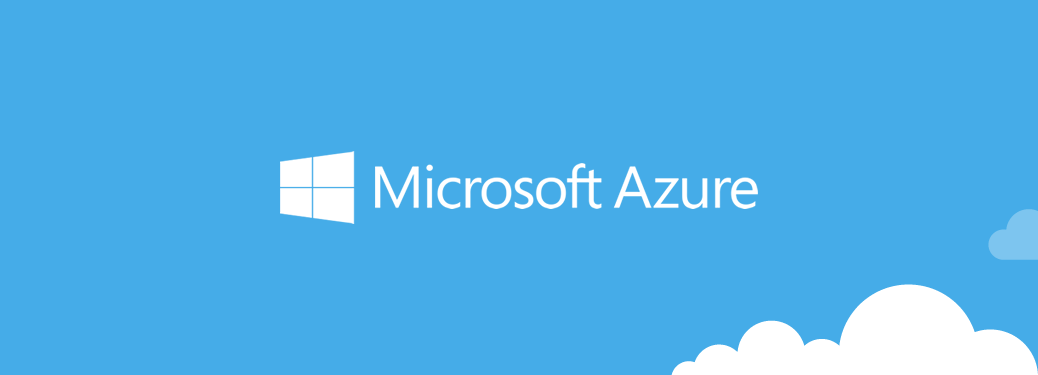 CLOUD
CLOUD
 CLOUD
CLOUD
 CLOUD
CLOUD
Microsoft Corp. has added a new series of virtual machines to its Azure cloud platform that are aimed at tackling cloud-based workloads with high storage requirements.
The new VMs, or computers emulated in software that can be run on a variety of data center or cloud systems, are called the L Series for Storage, and they’re optimized for cloud workloads that require low latency, such as NoSQL databases, including Cassandra, MongoDB and Redis, the company said in an announcement.
“This new series of VMs offers from up to 32 CPU [central processing unit] cores, using the Intel Xeon processor E5 v3 family, similar to the CPU performance of the G-Series that is currently available,” Jon Beck, principal program manager at Microsoft Azure, wrote in a blog post Friday.
Microsoft’s G-Series Azure VMs have been around for a while, sporting a combination of Intel’s server processors and solid-state drive storage. The new L-Series offers four new VM sizes from four cores, 32 gigabytes of memory and 678 GB of fast local storage up to 32 cores, 256 GB of memory and over 5.6 terabytes of local storage. Microsoft said the new L-Series VMs will initially be available in five North American Azure regions and also the Australia East region, with more to come.
Also last week, Microsoft announced a new feature for Azure Backup customers that allows them to instantly recover selected files from their Linux VM cloud backups. The feature, made available for Windows VM backups last month, gives users a way to validate backups or retrieve files in case of accidental deletion.
In addition, the new option also allows users to mount application files to application instances without restoring them first. The company also made a short video that shows how to perform the recovery process.
The same day, Microsoft also announced a new update for its StorSimple 8000 series hybrid-cloud storage product. Among the highlights are a new heat map-based restore process that enables better access to data during device restore operations. There’s also a heat map for frequently accessed data, which allows for the automatic restoration of data from the cloud.
Support our mission to keep content open and free by engaging with theCUBE community. Join theCUBE’s Alumni Trust Network, where technology leaders connect, share intelligence and create opportunities.
Founded by tech visionaries John Furrier and Dave Vellante, SiliconANGLE Media has built a dynamic ecosystem of industry-leading digital media brands that reach 15+ million elite tech professionals. Our new proprietary theCUBE AI Video Cloud is breaking ground in audience interaction, leveraging theCUBEai.com neural network to help technology companies make data-driven decisions and stay at the forefront of industry conversations.